Mem's Journey to Scotland
Saturday night, I found myself at a loss for things to do. Helen and I looked out the balcony towards Carlton Hill, and I commented that I hadn't been up there yet. Around five minutes later, we were rugged up, walking to the top of the hill, towards the sunset.
Carlton Hill is the place where a giant Athenian acropolis sits unfinished, as a monument to soldiers of the Napoleonic Wars. There is an old observatory, now in disuse due to the city pollution, and an art gallery, which I need to return to during opening hours. Amongst the architectural eye candy is Nelson's Monument, which holds a large time ball, designed to drop at 1pm daily as a signal to ships, for accurate navigation. Due to the frequent mist around Scotland, a 1pm gun now sounds for an audible signal instead.
The hill was unusually busy when we arrived, with people strewn all over the hill and monument. The light was perfect, and the trees have begun to change to Autumn colours. Helen patiently waited while I played photographer, eventually giving up to just enjoy the sunset and the views.
The next evening, we ventured up to The Real Mary King's Close. Now a tourist attraction,
Mem Davis
36 chapters
16 Apr 2020
7th - 12th October
October 12, 2016
|
Edinburgh, Fort William
Saturday night, I found myself at a loss for things to do. Helen and I looked out the balcony towards Carlton Hill, and I commented that I hadn't been up there yet. Around five minutes later, we were rugged up, walking to the top of the hill, towards the sunset.
Carlton Hill is the place where a giant Athenian acropolis sits unfinished, as a monument to soldiers of the Napoleonic Wars. There is an old observatory, now in disuse due to the city pollution, and an art gallery, which I need to return to during opening hours. Amongst the architectural eye candy is Nelson's Monument, which holds a large time ball, designed to drop at 1pm daily as a signal to ships, for accurate navigation. Due to the frequent mist around Scotland, a 1pm gun now sounds for an audible signal instead.
The hill was unusually busy when we arrived, with people strewn all over the hill and monument. The light was perfect, and the trees have begun to change to Autumn colours. Helen patiently waited while I played photographer, eventually giving up to just enjoy the sunset and the views.
The next evening, we ventured up to The Real Mary King's Close. Now a tourist attraction,
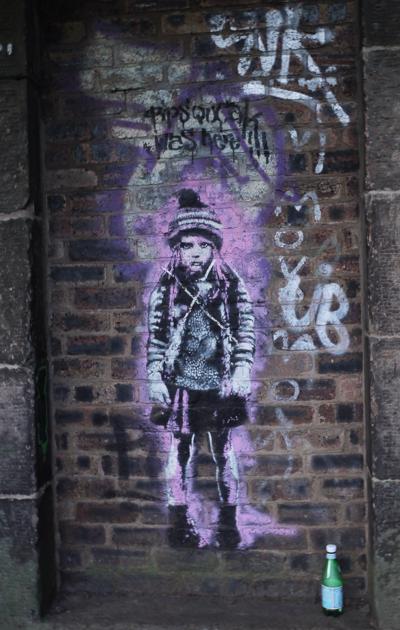
Mary King's Close is one of the original closes running off the Royal Mile. The tour goes across three of the closes; narrow lanes which branch off from the main spine of the Old City. Originally these lanes would have been up to twelve stories high, housing families in the tiny tenements, with staircases on the outside and market stalls across the path. This left a space of less than a metre for people to move along, with the path frequently covered up to a foot high in human and animal waste ("guardiloo"), tipped from the windows twice daily. A time of hygiene, it was not.
The closes were built over for the Government Chambers, a glorified trading market, and are now underground, buried with four hundred years of history.
Our costumed tour guide told tales of one woman who was hand and foot bound, and rolled towards the lake to her death for murdering her son in law. It took over fifteen minutes for her body to break through the crust of human waste on the lake, such was the level of

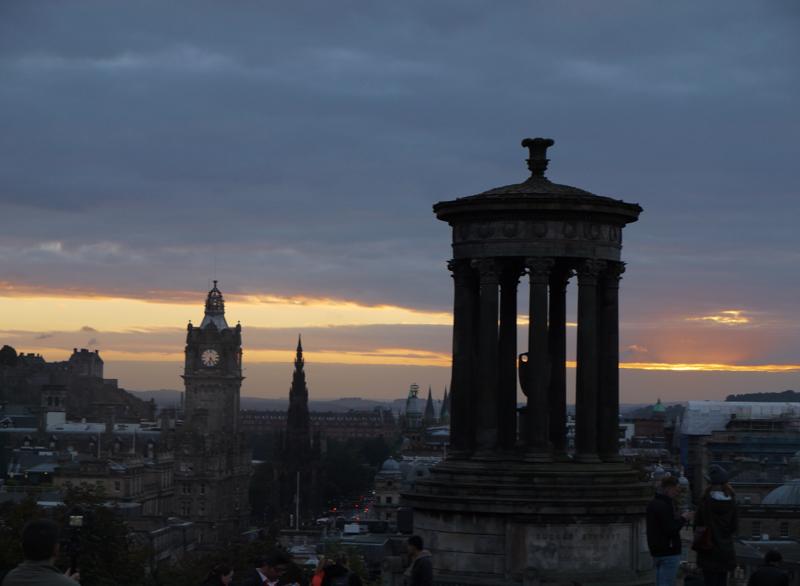
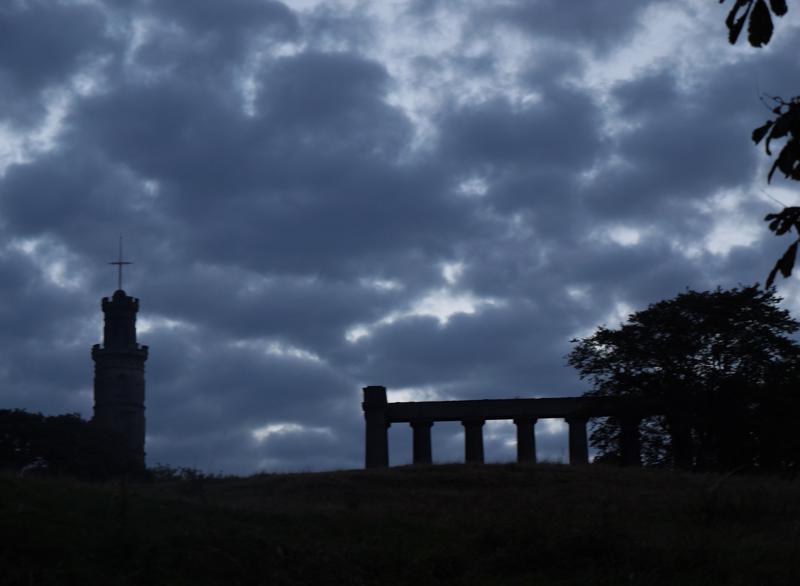
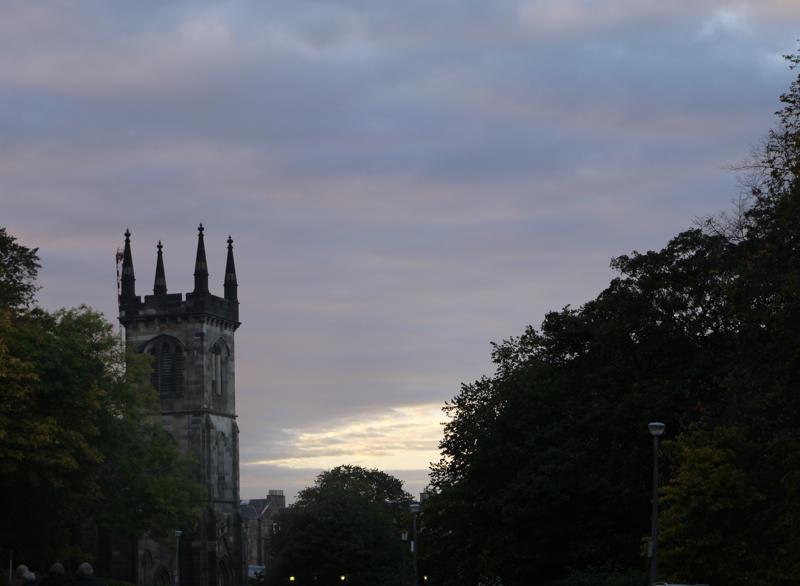
filth. The lake at the time covered the space where Princes Street Gardens and Waverley Station now stand, all built over the top of a rather fertile, drained landscape.
We saw the tiny space where cows were mucked out and milked (not much bigger than is allocated nowdays, on commercial farms), and learned of the black and bubonic plagues, along with cruel but effective treatments for the latter ailment. The plague mentioned was the 11th to hit the city, with a 5% survival rate for the black plague, and a 50% survival with the bubonic, if you survived the leather-clad doctor lancing your boils, and sealing the wounds with a hot poker. My stomach turned just thinking about it.
We stood in an original house, four hundred years old, and saw the horse hair and plaster ceiling, and some of the floral motifs on the walls. We learned of fires burning down the poorer, wooden houses, in an attempt to rid them of bad smells, which was thought to cause the plague. At the end of the tour, there is a detailed map of the Royal Mile, with all it's tiny closes and wynds. It was easy to see how so many people squeezed into such a small city, and I'm grateful for living in the modern age!
As Mary King's Close lies beneath government buildings, we were forbidden from taking photos. Instead, I returned to the Royal Mile a few days later, and photographed some of the closes still above ground, now home of poetry, pubs and shops.
Monday was a long day. At 6am, John and I drove up to Fort William, to walk up Ben Nevis. The drive alone was three hours, and we arrived at the foot of the mountain on a clear, warm day.
Standing 1,345m above sea level, Ben Nevis on a clear day showed us the best of the highlands. Mountains as far as the eye could see, lochs which appeared from beyond a turn in the path, stretching further as we climbed higher. There was minimal wind, and I began to regret my hundreds of warm layers as we worked steadily uphill. By
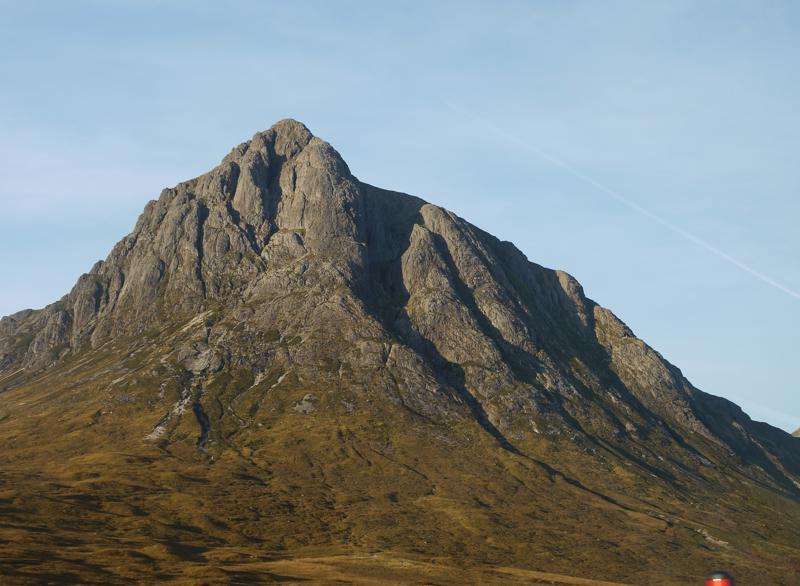
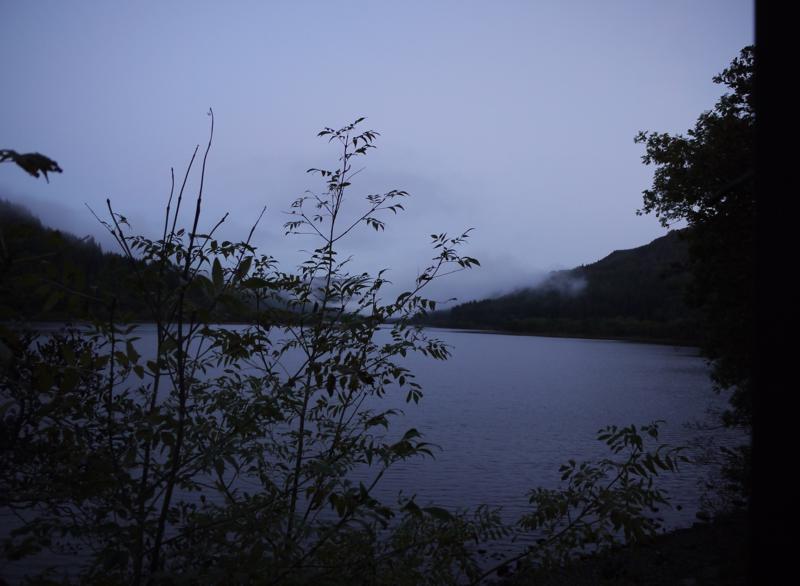

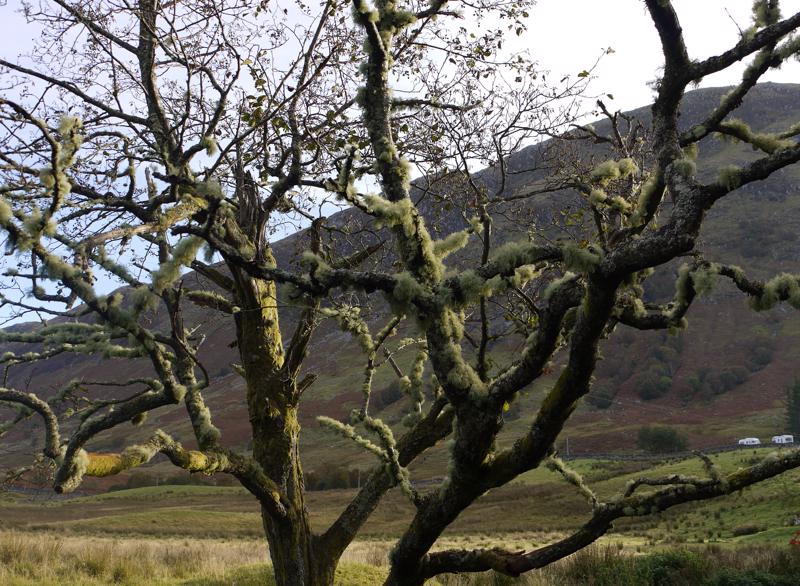
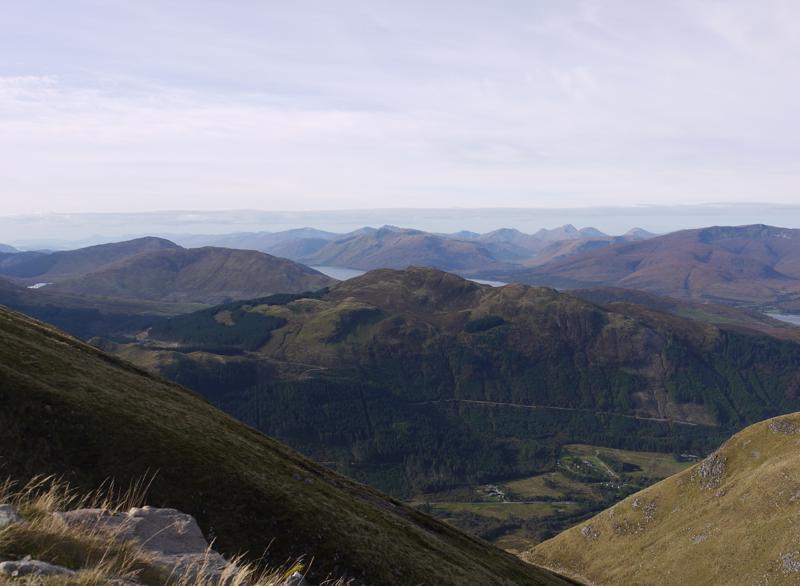
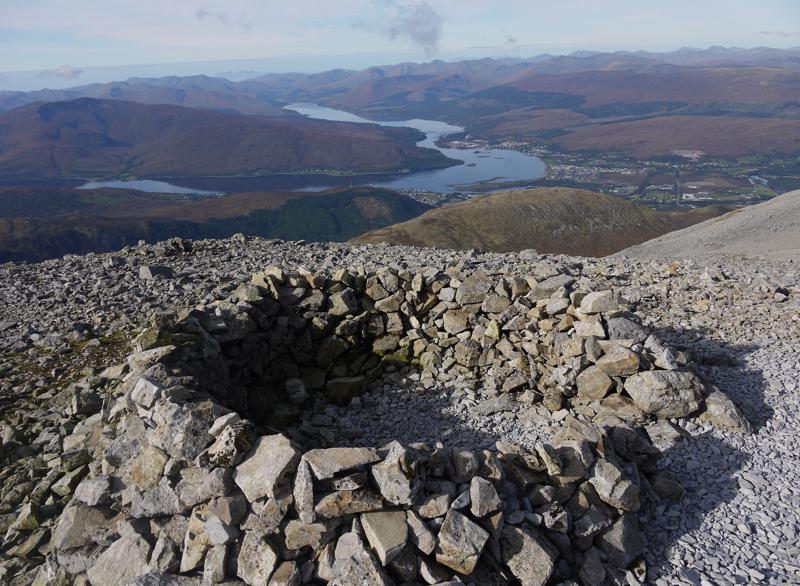
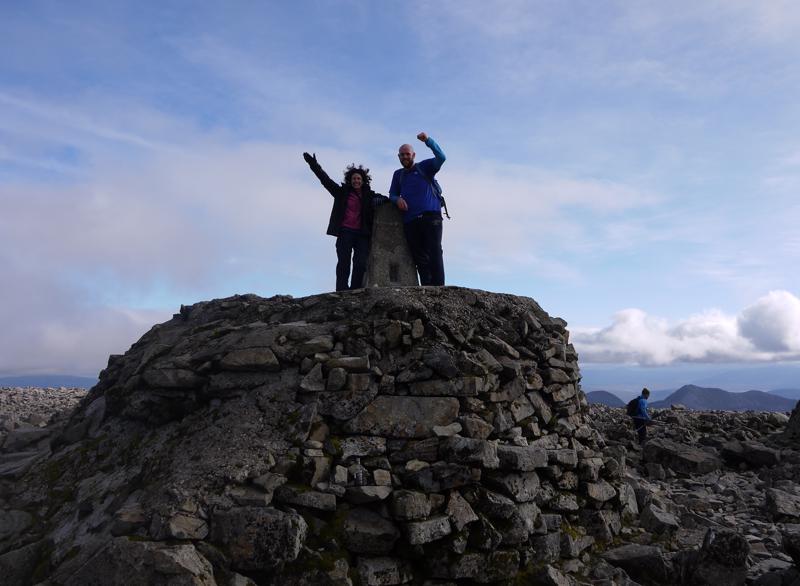

steadily, I mean John walked with ease. I took several food/photo/ouch-my-legs-hurt breaks.
Up at the summit, the weather changed drastically. From warm and still, we found ourselves standing in 2C, with winds and frozen faces. Neither of us could feel our fingers, but we stayed a good twenty minutes. You don't climb a mountain just to turn and walk back down again straight away!
John walked to the edge to take some photographs. As he turned, a mist rushed in from the valley. In a matter of seconds, the sky turned from clear blue, to dark grey. The wind picked up, and the clouds hung heavy. We hurried back down the mountain, abandoning our plan to eat lunch at the top. We couldn't feel our fingers to hold food anyway, and were still defrosting around twenty minutes later when we finally sat down to a sandwich.
The path down was much less effort, but the uneven track meant we had to focus even harder on not slipping. We had a few wobbles, but no falls, and made it back to the visitor centre in just under three hours.
The drive back to Edinburgh was equally as beautiful. The sun was setting over the mountains, and everything was lit up with golden light. I'm glad not have been the driver, climbing mountains is tiring work! I arrived back home where I announced to Helen that I was hungry and sleepy, and fell into bed by 9pm. My fitness is not quite what I thought it was.
As I write this, I'm preparing for four tours in two weeks. So much to see! So little time!
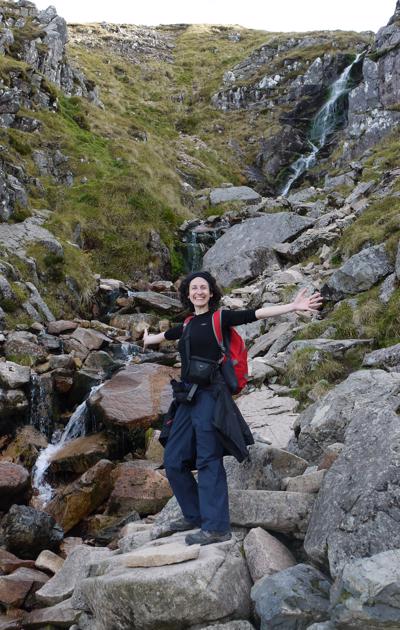
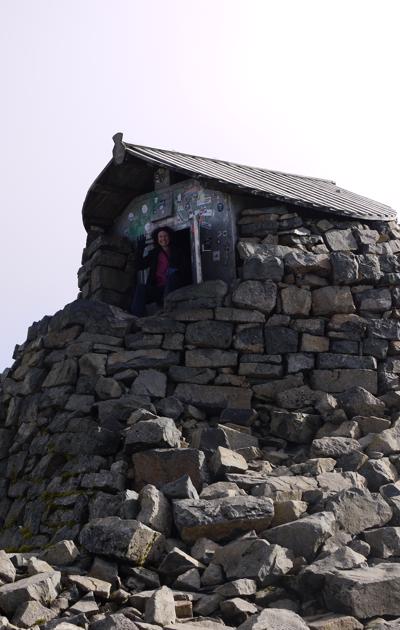

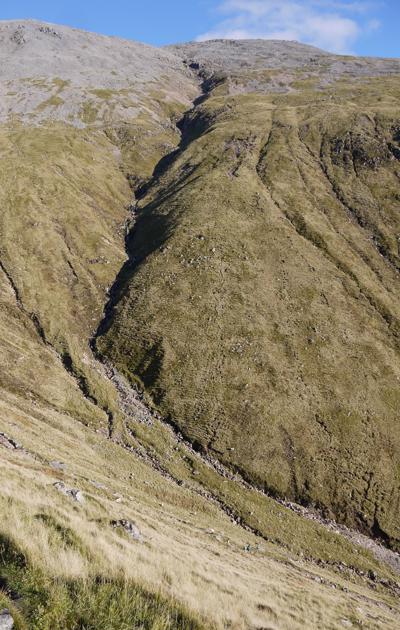
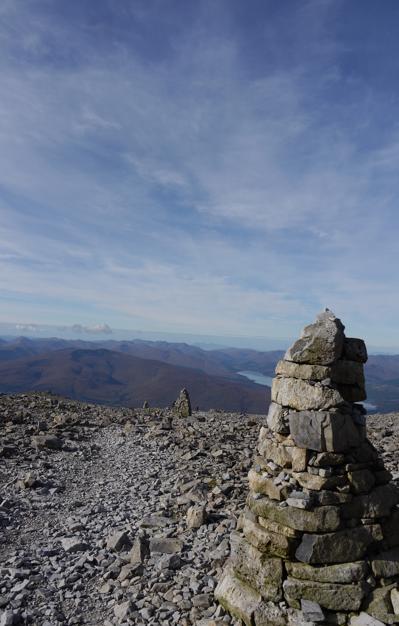
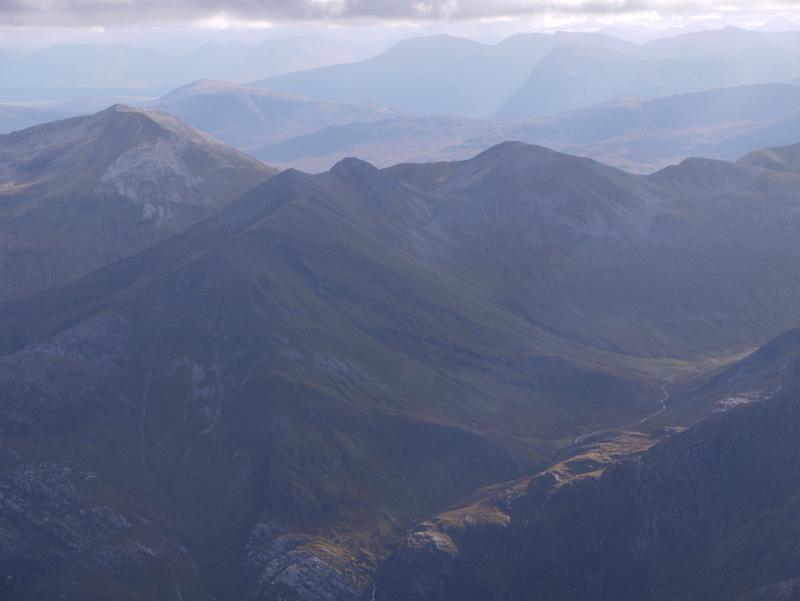

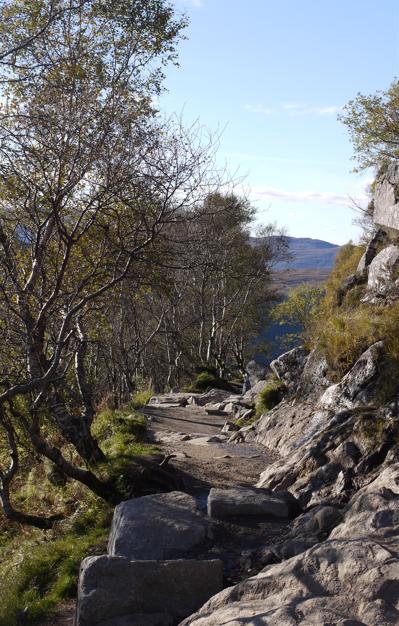
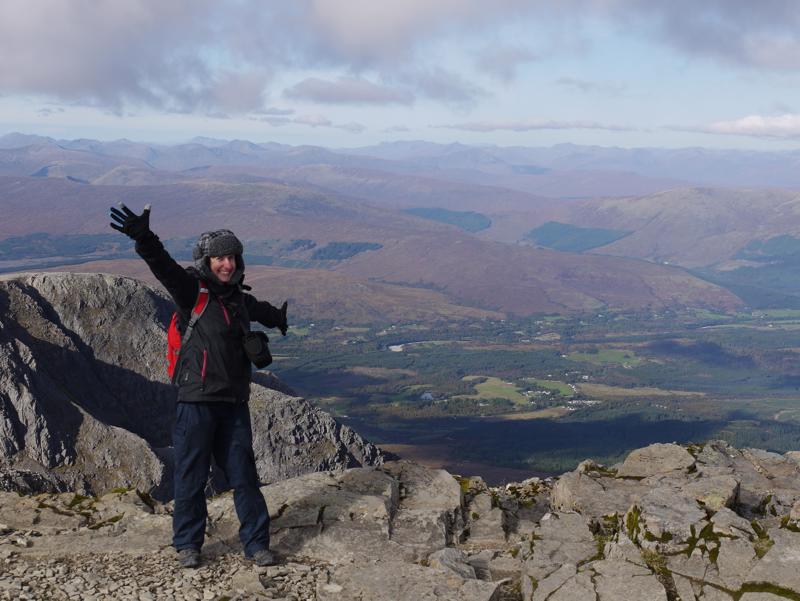
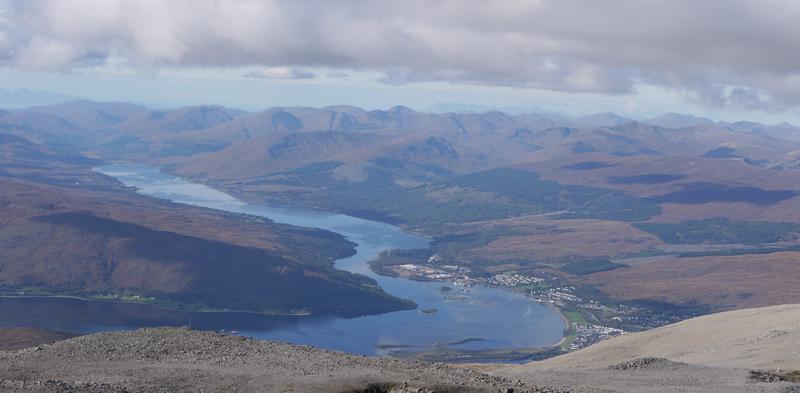
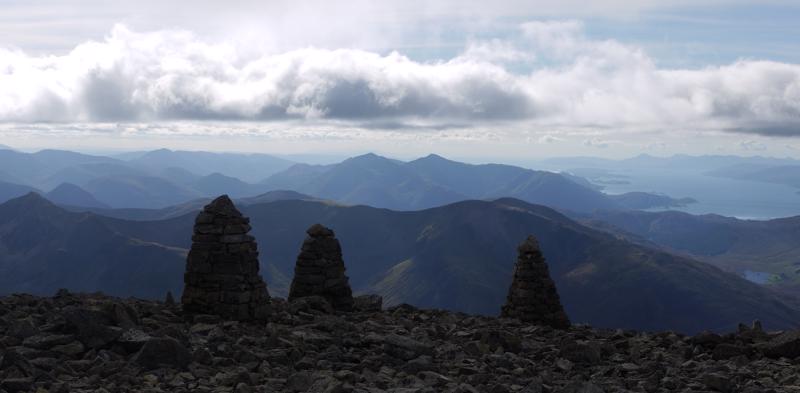
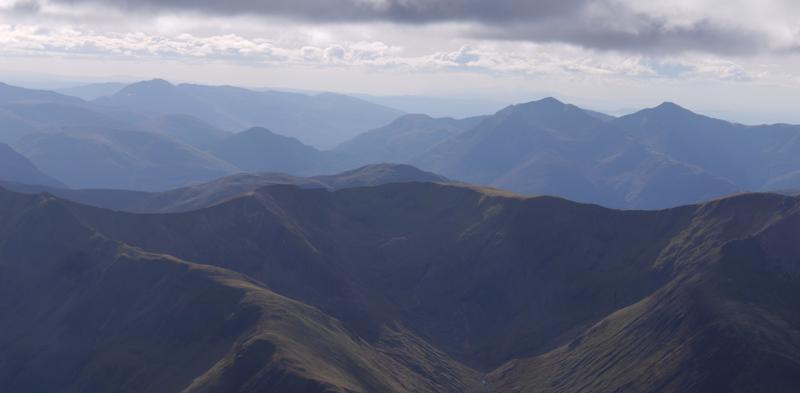
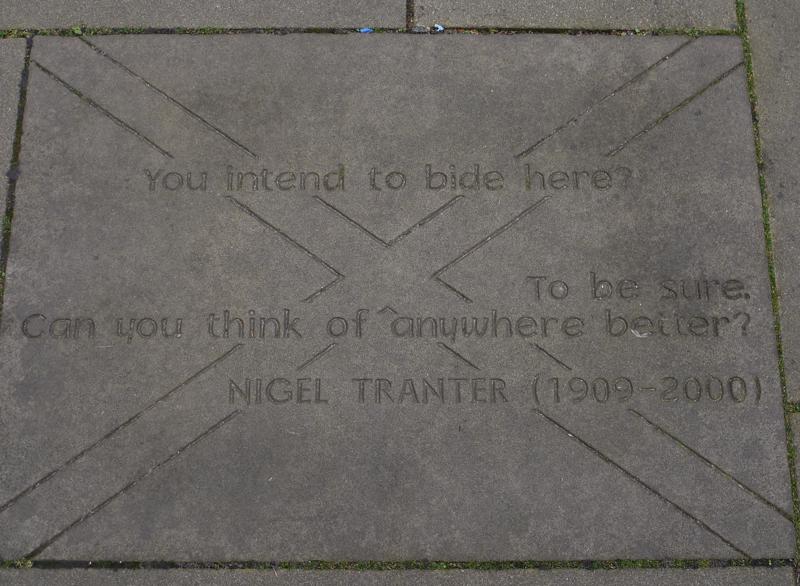
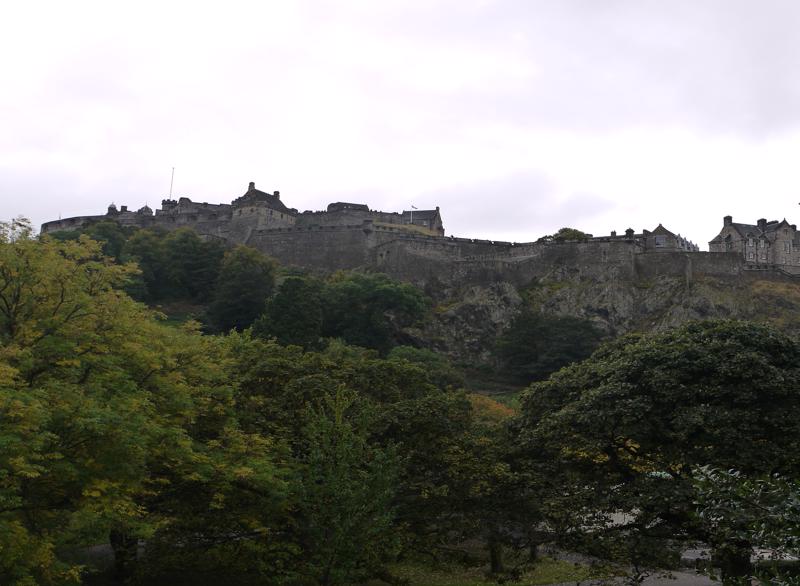

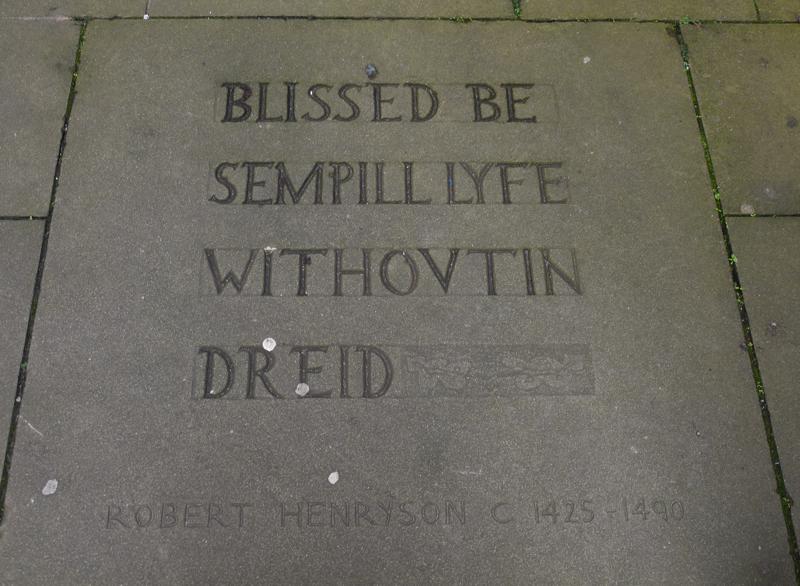
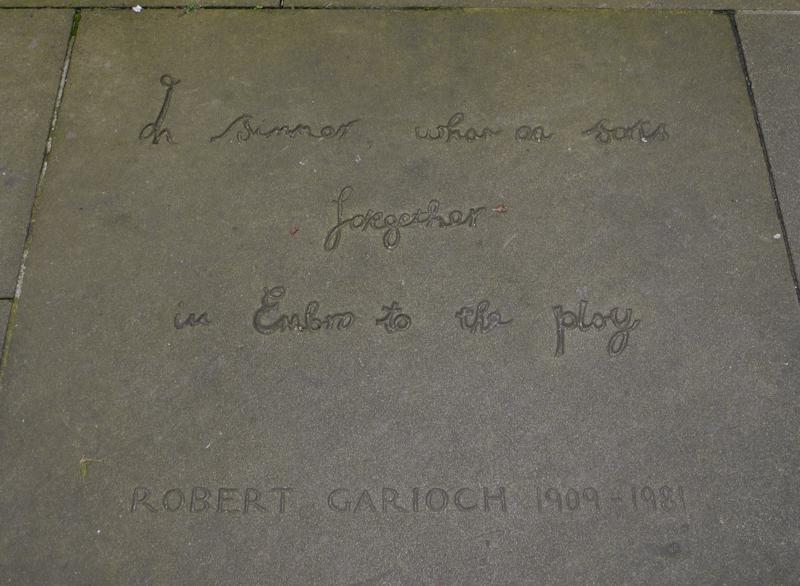
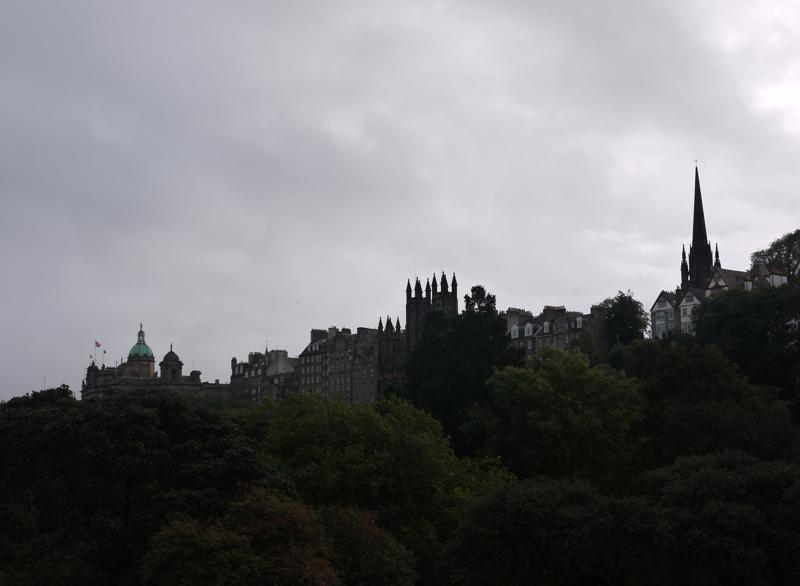
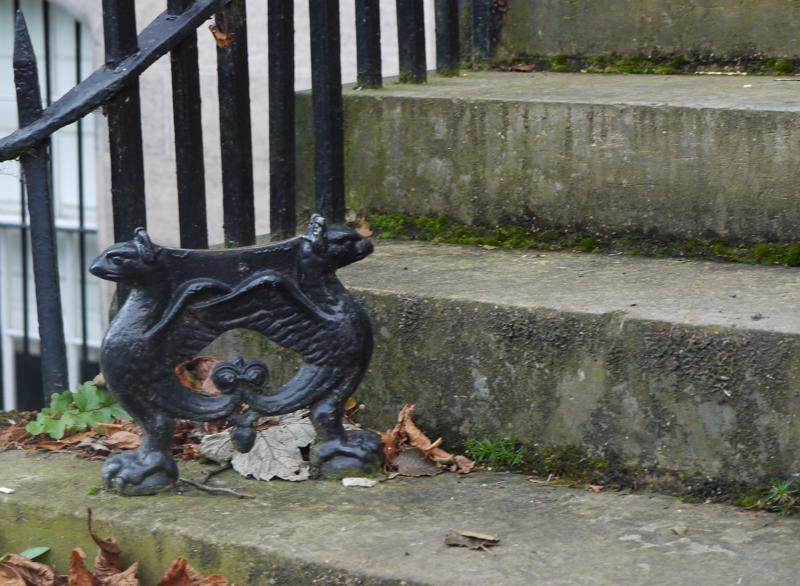
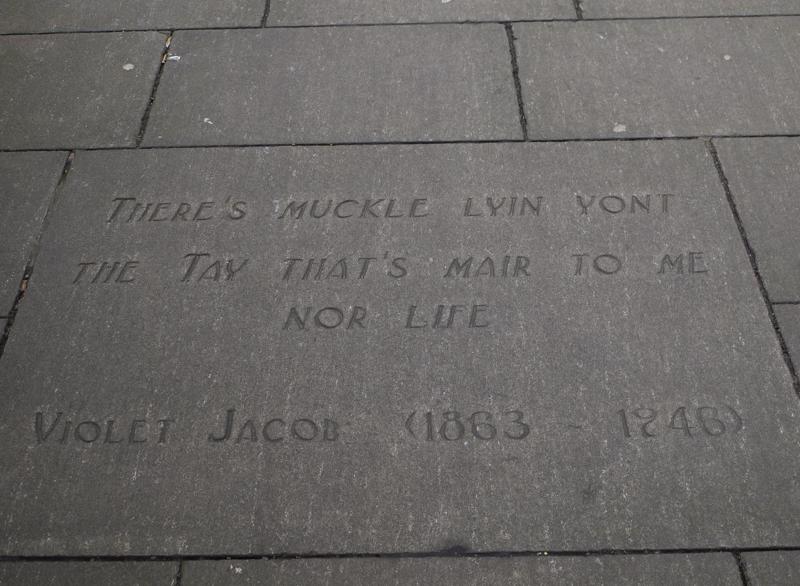
1.
The First Step
2.
The 24 hour jump
3.
12 & 13th July
4.
15th - 17th July
5.
19th & 20th July
6.
21st & 22nd July
7.
23rd - 25th July
8.
27th July
9.
29th & 30th July
10.
July 31st - August 3rd
11.
4th & 5th August
12.
6th & 7th August
13.
9th & 10th August
14.
11th - 13th August
15.
14th & 15th August
16.
16th & 17th August
17.
18th & 19th August
18.
20th & 21st August
19.
22nd & 23rd August
20.
24th & 25th August
21.
26th & 27th August
22.
28th & 29th August
23.
30th August - 21st September
24.
Part II
25.
26th - 30th September
26.
1st - 6th October
27.
7th - 12th October
28.
14th - 16th October
29.
17th & 18th October
30.
19th - 20th October
31.
21st - 24th October
32.
25th - 27th October
33.
29th - 31st October
34.
1st - 10th November
35.
11th - 16th November
36.
Homecoming
Share your travel adventures like this!
Create your own travel blog in one step
Share with friends and family to follow your journey
Easy set up, no technical knowledge needed and unlimited storage!